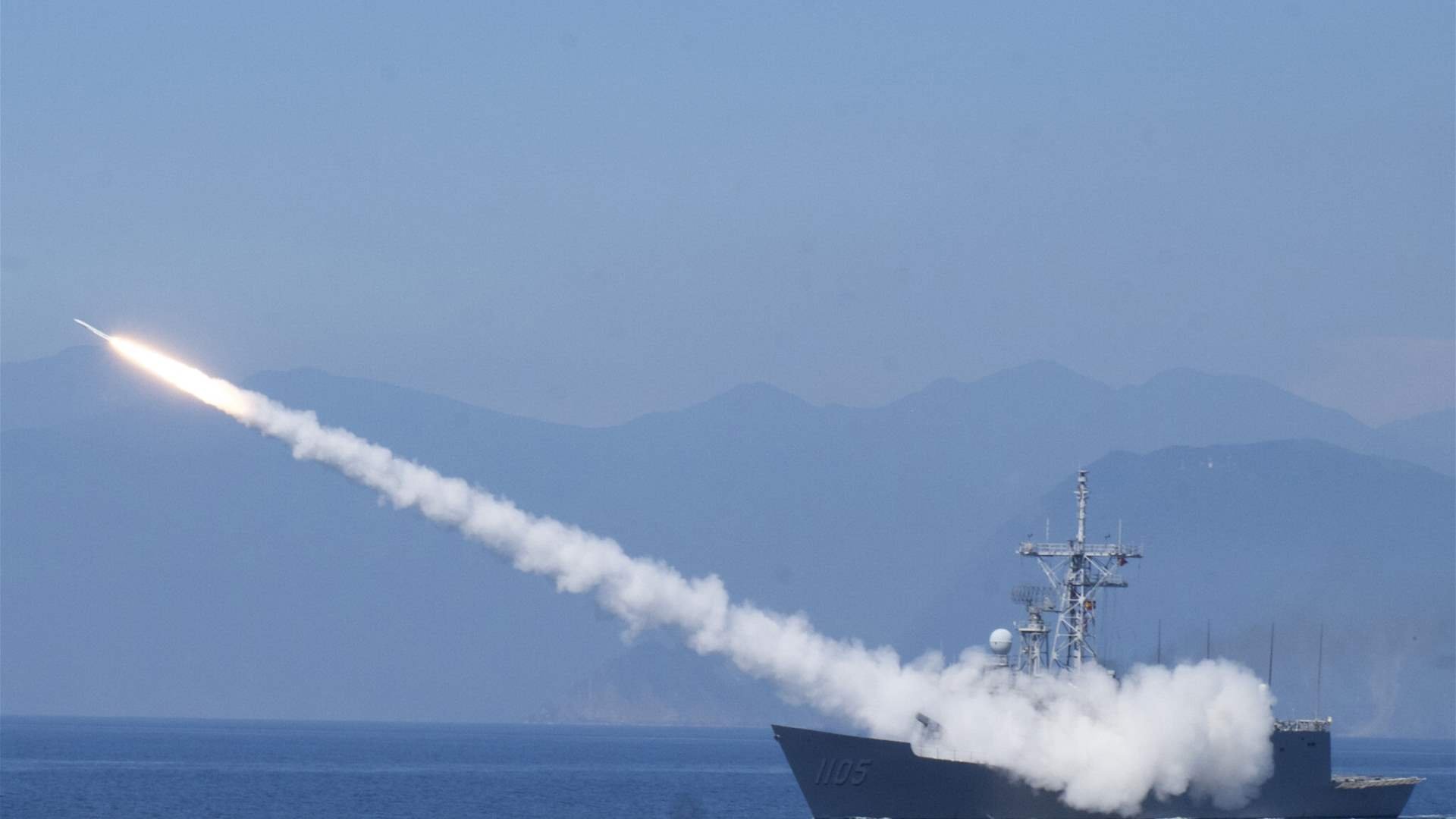Taiwan dispatched forces on Wednesday in response to China’s “live-fire” drills off the self-ruled island, according to Taipei’s defense ministry.
The defense ministry also condemned the exercises as dangerous.
China deployed 32 planes near Taiwan as part of a joint combat rehearsal with Chinese warships, and has declared “live-fire exercises” in an area approximately 40 nautical miles (74 kilometers) south of the island, according to a ministry statement.

Taiwan’s military replied by dispatching sea, air, and ground units to “monitor, alert, and respond appropriately,” according to a statement.
China’s People’s Liberation Army “has blatantly violated international norms by unilaterally designating a drill zone 40 NM off the coast of Kaohsiung and Pingtung, claiming to conduct live-fire exercises without prior warning,” the ministry said.
“This move not only caused a high degree of danger to the safety of international flights and vessels at sea, but is also a blatant provocation to regional security and stability.”
Taiwan has naval and air bases in Kaohsiung and Pingtung.
China has increased its deployment of fighter jets and warships around Taiwan in recent years to assert its claim to sovereignty over the island, which Taipei rejects.
Taiwan’s defense ministry stated that China’s move “is completely contrary to its repeated claims of ‘peaceful coexistence’ principles” and vowed to “continue efforts in force build-up and readiness”.
Taipei’s defense ministry said China’s actions in the region, including live-fire drills off Australia and Vietnam, “prove that China is the only and biggest threat to peace and stability in the Taiwan Strait and the Indo-Pacific region”.
The drills also come after Taiwan seized a Chinese-crewed cargo ship on Tuesday suspected of severing a subsea telecoms cable serving Taiwan’s Penghu island group.
There is growing concern in Taiwan over the security of its cables after a Chinese-owned cargo ship was suspected of cutting one northeast of the island this year.
China’s Communist Party has never ruled democratic Taiwan but Beijing has threatened to use force to bring the island under its control.

Taiwan fears China could sever its communication links as part of an attempt to seize the island or to blockade it.
Taiwan is also a potential flashpoint for a war between China and the United States, which is the island’s most important backer and biggest arms supplier.
While the United States is legally bound to provide arms to Taiwan, Washington has long maintained “strategic ambiguity” when it comes to whether it would deploy its military to defend it from a Chinese attack.
Despite strong bipartisan support in the US Congress for Taiwan, there are fears that President Donald Trump might not consider the island worth defending if China attacked.
Taiwanese President Lai Ching-te has previously pledged to increase investment in the United States in order to lower the trade deficit and spend more on the island’s military, and his administration is also exploring expanding US natural gas imports.
Beijing considers Lai as a “separatist” and has launched multiple rounds of big military drills since he took control in May.
The conflict between Beijing and Taipei stems from the civil war between Mao Zedong’s communist warriors and Chiang Kai-shek’s nationalist forces, who retreated to Taiwan in 1949 after being defeated.





